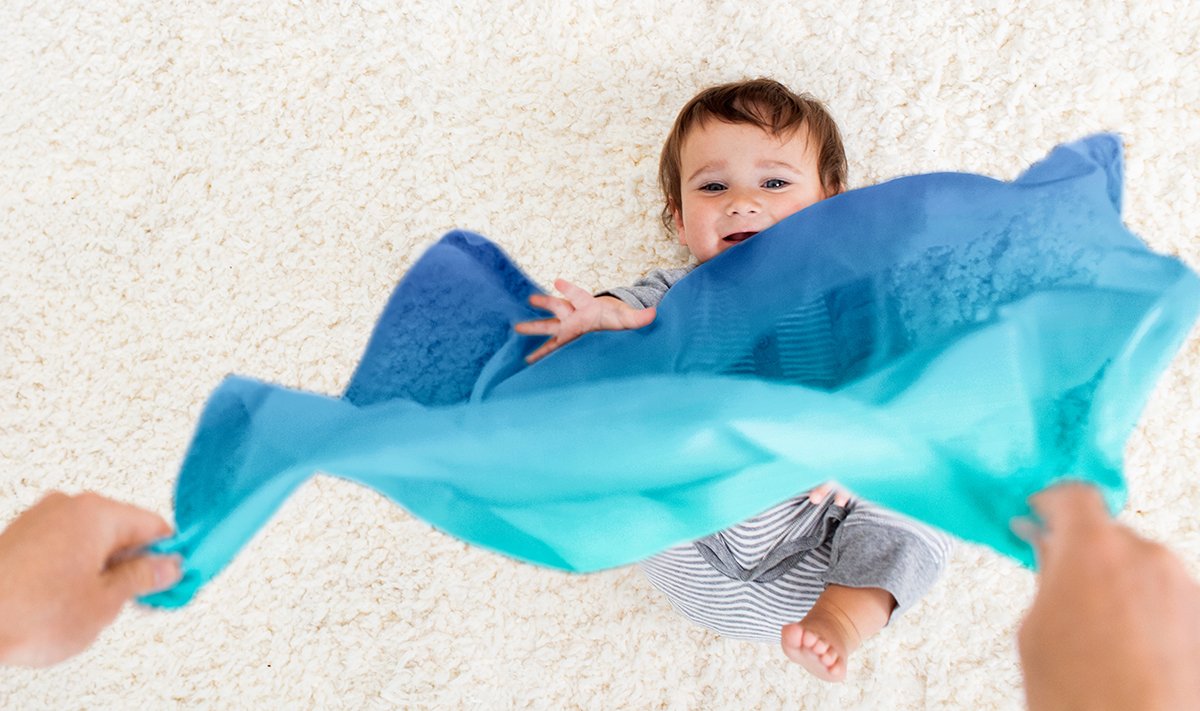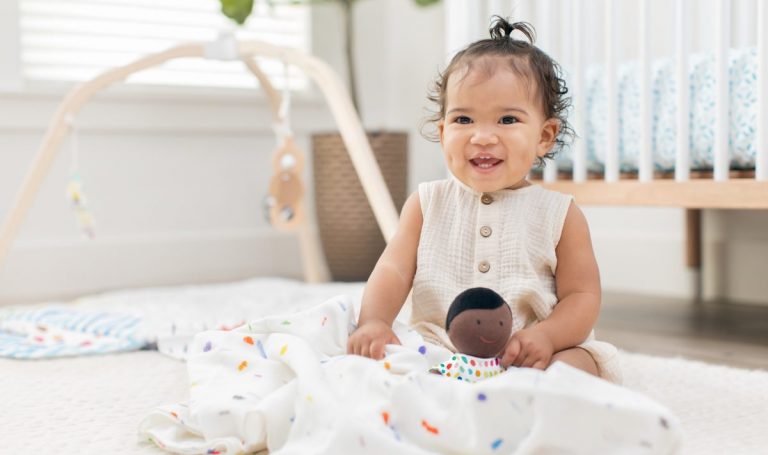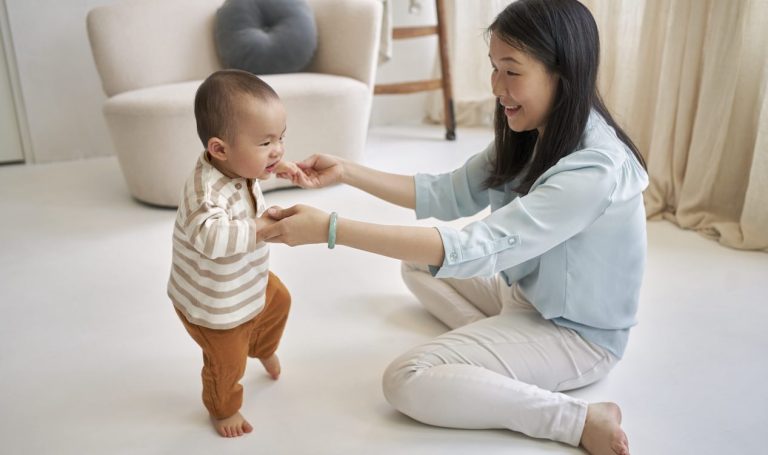Month 12: Air—your invisible playmate

When the wind blows a tumbleweed down the road or rustles the leaves on a tree, your child might wonder if the tumbleweeds and leaves are actually alive.
Your toddler needs a lot of time experimenting and observing to recognize cause and effect patterns in the natural world. This is the foundation for learning the laws of physics.
Here are some ideas for how you can help your little scientist understand natural sequences related to air flow:
- Blow your hairdryer (on cool) onto your child’s body and hair. Turn it off and on and describe what you are doing and what they’re experiencing
- Breathe on your hand and say, “I can feel air on my hand,” then breathe on your child’s hand and ask “can you feel air on your hand?”
- Blow across the top of a bottle to create a noise; add some water and see how the noise changes
- If you have a fan handy, put your child in front of it—taking care of little fingers—let them manipulate the switches on their own to change the intensity of the breeze
- Blow air on their face, neck, arm, and toes

- Have your toddler listen to the sound of wind and point out how it rustles the leaves overhead
- Blow on a tissue, a thin piece of paper, a feather, or a leaf to make it move
- Fan them with a stiff piece of paper and invite them to try

- Practice blowing bubbles in front of your toddler. Blow on their fingers and say “feel the air? I’m blowing.” Then blow through the wand and say “look! I blew air again and made bubbles!” (note: most children learn to blow between 2 and 3 years old)

- Toss light scarves or the Bright & Light Play Scarf into the air and watch them float down
- Blow bubbles through a straw into a container of water to demonstrate for your toddler how air and water come together to make bubbles
This post is also available in:
![]() Deutsch
Deutsch ![]() Nederlands
Nederlands
Posted in: 11 - 12 Months, Playtime & Activities, Real World Play, Science, Child Development
Keep reading

11 - 12 Months
Month 12: Meet our Organic Cotton Baby Doll, a timeless doll for everyone
The Organic Cotton Baby Doll comes in three skin tones and is gender-neutral. Read more about our Baby Doll for everyone.

11 - 12 Months
Month 12: Air—your invisible playmate
You can help your toddler understand natural sequences related to airflow by fanning them, blowing across the top of a bottle, blowing bubbles, and more.

11 - 12 Months
Month 12: Walking by their first birthday? Not on average 🤔
On average, toddlers start walking between 9 and 17 months. Here are some tips to support your child's walking development.
